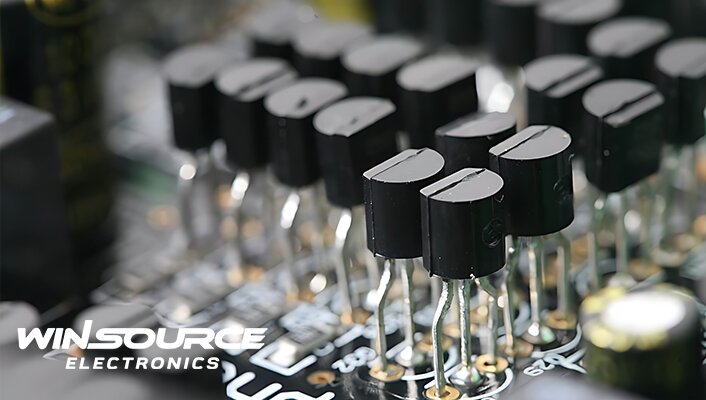
Table of Contents
ToggleIntroduce
BC337 transistors are basic building blocks of electronic circuits and play a vital role in amplification and signal processing. Understanding its properties and applications is crucial for electronics enthusiasts, hobbyists and professionals alike. This guide explains the BC337 transistor, including its structure, function, uses, and how to use it effectively.
Learn the basics
The BC337 is a general-purpose NPN bipolar junction transistor (BJT) designed for amplification and switching applications. Its compact size, low cost, and versatility make it a popular choice in a variety of electronic designs.
Structure
BC337 contains three layers – emitter, base and collector. A small current sent to the base causes electrons to flow and amplifies the signal from the emitter to the collector.
Main electrical characteristics
To realize the full potential of the BC337, it is important to understand its key electrical specifications.
- Collector current (Ic)
This parameter determines the maximum current that the collector can handle without sustaining damage. It is a key factor in determining the amplification capability of a transistor.
- Collector-emitter voltage (Vce)
The Vce represents the maximum voltage that the collector and emitter terminals of the transistor can tolerate. Understanding this is critical to preventing failures and ensuring circuit stability.
- Current gain (hfe)
Current gain or hfe represents the ratio of output current to input current. It is a key factor in amplification applications.
Applications of BC337 transistor
Various electronic circuits use BC337 due to its versatility. Some common applications include:
- Zoom in
People often use transistors for signal amplification in audio and radio frequency circuits.
- Switch
Its function as a switch makes it suitable for turning on and off various electronic components in circuits.
- Oscillator
The BC337 transistor is an integral part of the construction of oscillators that generate periodic waveforms in electronic devices.
Implement best practices
To optimize BC337 performance and longevity, follow these best practices:
- Correct offset
Ensure transistors are properly biased to avoid distortion and improve signal fidelity.
- Heat dissipation
Install radiators as necessary to dissipate excess heat generated during operation and prevent overheating and potential damage.
- Voltage and current limits
Adhere to specified voltage and current limits to prevent transistors from operating outside their safe range.
- Protective components
We include protection components such as diodes and resistors to protect the transistor from voltage spikes and excessive current.
In conclusion
In summary, the BC337 transistor is a reliable and versatile component in electronics. Its applications range from signal amplification to switching, making it a staple in countless electronic designs. To use the BC337 in electronics, people should learn about its structure, features, uses, and recommended methods.

COMMENTS